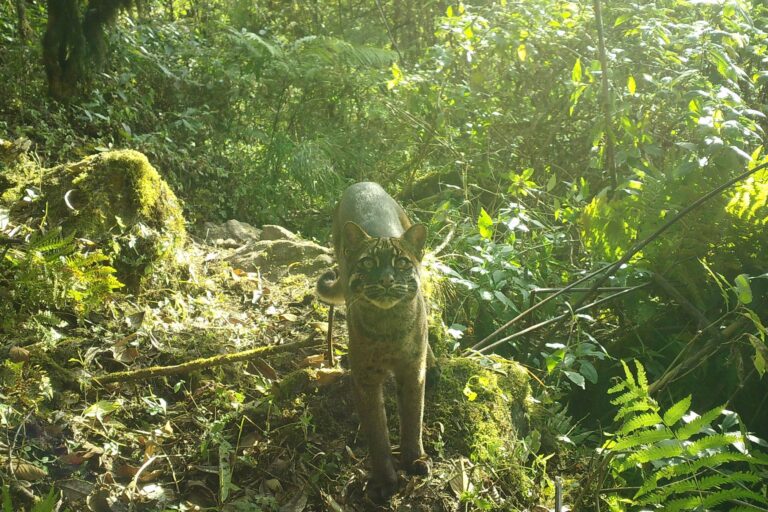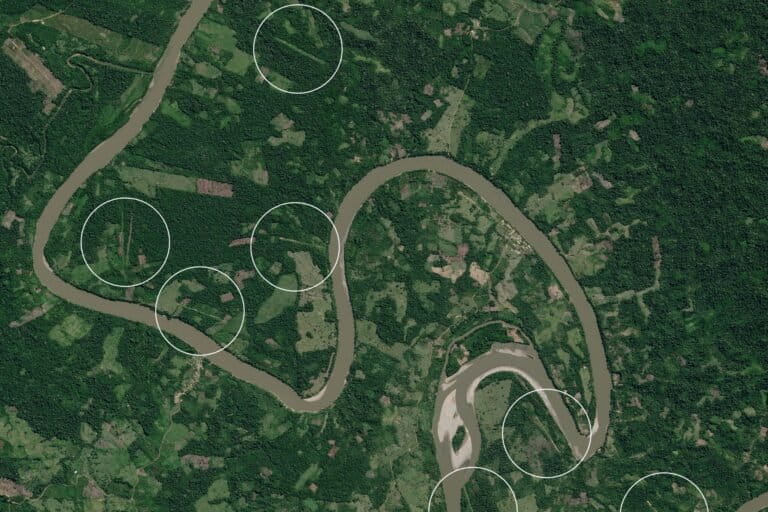- The new species of pygmy squid belongs to the genus Idiosepius, a group of tiny, squid-like marine animals that are believed to be the world’s smallest cephalopods.
- Researchers have named the new species Idiosepius hallami, or Hallam’s pygmy squid after Australian malacologist Amanda Reid’s son, Hallam, who helped her collect live animals for further comparisons.
- Pygmy squids are generally found in shallow waters among seagrass and mangroves, some of the most threatened marine habitats.
Scientists have just described a new species of “pygmy squid” the size of a thumbnail.
The tiny marine creature is not a true squid, though. Rather, it belongs to a group of squid-like animals believed to be the world’s smallest cephalopods, the family of marine creatures that includes octopuses, squid and cuttlefish. Pygmy squids, currently represented by the genus Idiosepius, grow to about 2 centimeters (0.8 inches) in body length (not including the head, arms and tentacles).
Cephalopod expert Amanda Reid first encountered the new species of Idiosepius while going through preserved specimens of pygmy squids at the Australian Museum Research Institute (AMRI) in Sydney, researchers report in a new study published in Zootaxa. She found that a number of specimens from eastern Australia did not look like the other known pygmy squids, and some specimens had been misidentified.
“While identifying some pygmy’s among the AM[RI] collections, I found a species that didn’t ‘fit’ based on its morphological features with those species already known from Australia,” Reid wrote in a blogpost. “In addition, it was shown to occur with another species of pygmy squid throughout the southern part of its range and had been muddled with yet a third species from the north.”
To confirm its status, researchers collected several fresh specimens of the new pygmy squid, and compared its morphology and DNA with specimens of other known species of pygmy squids.

The team has named the new species Idiosepius hallami, or Hallam’s pygmy squid, after Reid’s son, Hallam, who helped her collect the live animals for the DNA sequencing.
“We know a lot more about the larger (and often edible) squid species, but these tiny ones are often overlooked,” Jan Strugnell, an associate professor at James Cook University in Australia who carried out the DNA sequencing, said in a statement. “This discovery led to a broader examination of all the species known from this family of tiny squids and also resulted in a revised classification and better understanding of the group as a whole.”
The study also suggests placing the southern pygmy squid, Idiosepius notoides, into a new genus, Xipholeptos.
“When comparing this new species with the previously known southern pygmy squid, Idiosepius notoides, it also became clear that I. notoides differs remarkably from all other known pygmy squid both in morphological and molecular traits and forms a distinct clade, or branch at the base of the evolutionary tree of pygmy squids,” Reid wrote. “This has resulted in its placement in a new genus Xipholeptos, now only the second genus in the family.”
Pygmy squids are generally found in shallow waters among seagrass and mangroves, some of the most threatened marine habitats, but also some of the “most effective carbon absorbers,” Strugnell said.
“So, an increased understanding of these habitats and what lives in them is of great importance,” she said
Citation:
- Reid, A. L. & Strugnell, J. M. (2018). A new pygmy squid, Idiosepius hallami n. sp. (Cephalopoda: Idiosepiidae) from eastern Australia and elevation of the southern endemic ‘notoides’ clade to a new genus, Xipholeptos n. gen. Zootaxa 4369(4): 451–486














